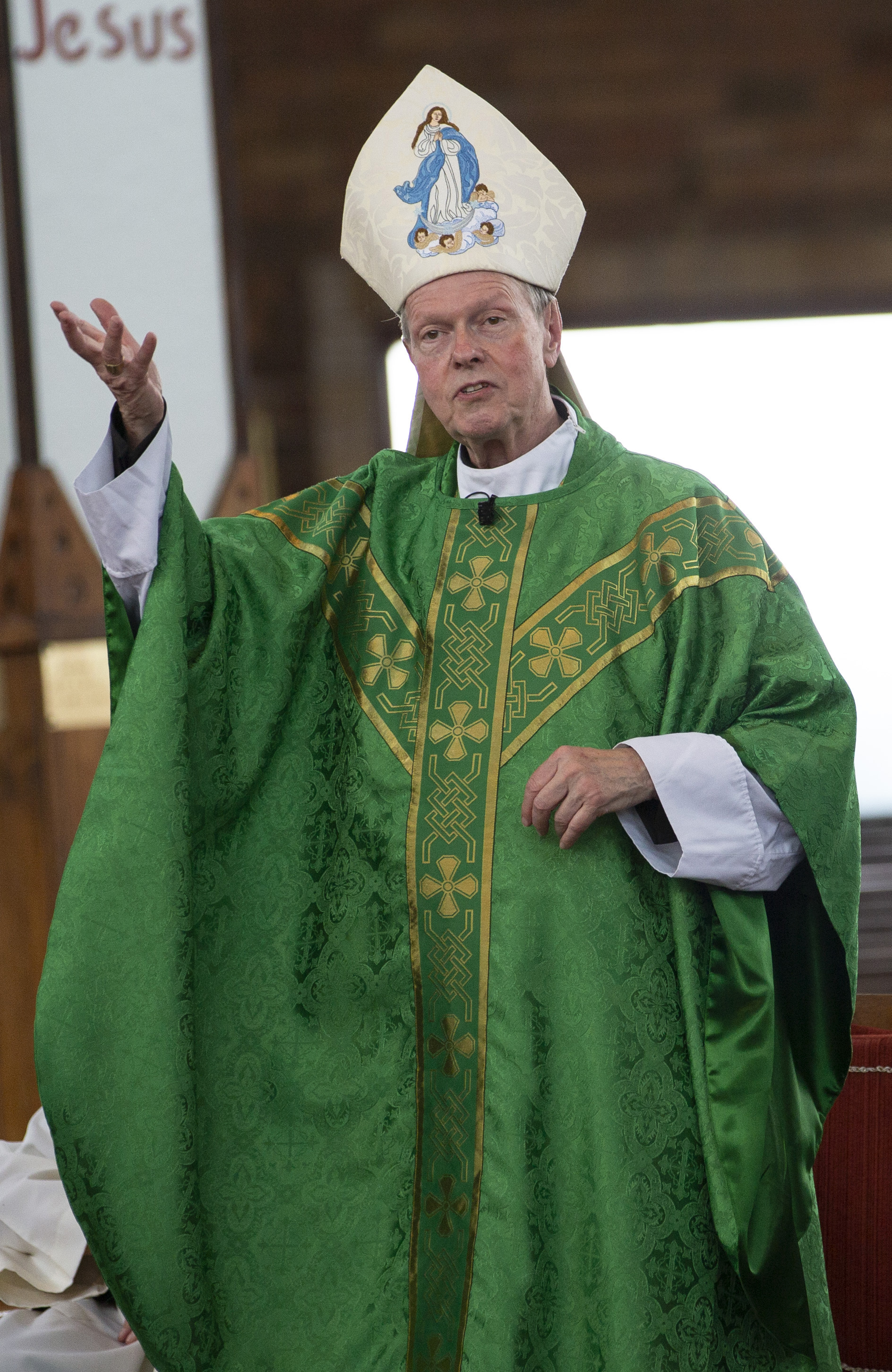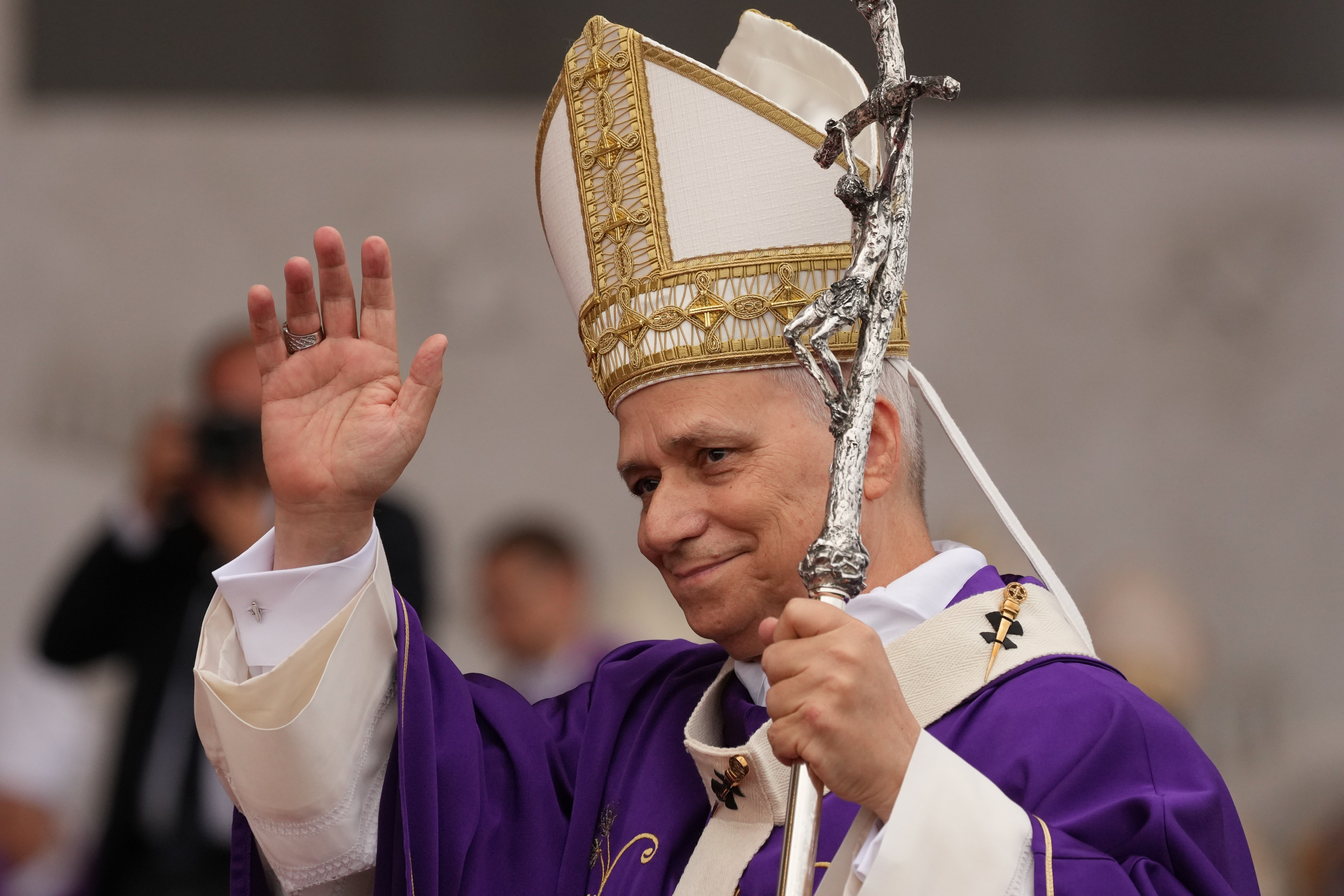February 23, 2021 at 4:57 p.m.
Black History Month is the nation’s long-standing invitation to its residents to discover the many unsung contributions of Africans and African-descended people to human civilization and progress.
Launched in 1926 as Negro History Week, this annual celebration encourages Americans of all backgrounds to learn Black history as American and world history. It also calls upon us to reject those historical myths and misrepresentations constructed to silence the Black past and America’s foundational sins of anti-Black racism and slavery.
And this includes the Church.
As a frequently lecturer on Black Catholic history, I never cease to be amazed by how often I encounter faithful, religious and lay alike, who sincerely have no knowledge of the Church’s expansive slaveholding past or the leading roles that Catholics played in the brutal history of the transatlantic slave trade.
From at least 1502 to 1888, European Christians, who were mostly Catholic, violently transported at least 12.5 million African women, men and children from the African continent to the Americas, Europe and other parts of Africa to fuel and sustain four centuries of Atlantic world slavery.
This trade constituted the largest forced human migration in modern history and laid the social, political and economic foundations for much of modern Europe and their “New World” colonies. It also resulted in the deaths of 10-to-50 million African people, including babies.
Although the Church’s rampant participation in this barbaric trade is beyond dispute, it is rarely taught in Catholic schools and religious formation programs.
Indeed, many Catholics can point to Pope Gregory XVI’s 1839 condemnation of the slave trade and slavery in the bull, “In supremo apostolates.”
However, few are aware of the 15th century papal bulls, including Pope Nicholas V’s 1452 “Dum Diversas” and Pope Alexander VI’s 1493 “Inter Caetera,” where the Church first authorized the trade’s development and morally sanctioned the perpetual enslavement of Africans and the seizure of “non-Christian” lands.
Even less realize that Pope Gregory XVI’s 1839 condemnation came some 337 years after the trade formally began and 35 years after the success of the Haitian Revolution. Indeed, it was the Haitian Revolution, led by baptized free and enslaved Black Catholics, that cemented the foundation of antislavery throughout Europe’s slave societies in the Americas, not the papacy.
Perhaps most indicative of the silencing of the Church’s slaveholding past and culpability in modern racism, though, is how few Catholics know the story of São Jorge da Mina (St. George’s of the Mine) Castle in present-day Ghana.
Established by the Portuguese in 1482, Elmina Castle (as it is commonly known) was the first of more than 60 permanent European-controlled trading posts and slave depots built in West and Central Africa to facilitate the transatlantic trade. It was also the site of the first Roman Catholic chapel erected in sub-Saharan Africa.
For more than 300 years, hundreds of thousands of kidnapped and enslaved Africans traveled through Elmina on their way to America’s slave societies. At the height of the slave trade, approximately 30,000 enslaved Africans passed through Elmina annually where they encountered a host of European traders, priests, soldiers and families who denied their humanity and subjected them to unspeakable acts of trauma and violence.
That Elmina and the Catholic chapel erected at the center of its courtyard directly on top of the structure’s slave dungeon are still standing is one of the great historical treasures of the 21st century.
Elmina also stands as one of the most powerful reminders that the Catholic Church was never an innocent bystander in the histories of colonialism, African enslavement and white supremacy.
As we mark this 95th anniversary of Black History Month, all Catholics must come to understand that they not only have an educational responsibility to learn Black and Black Catholic history, but also a moral responsibility to learn about the long history of anti-Black racism in our Church.
One important way to begin this journey is to make a pilgrimage to Elmina Castle — a UNESCO World Heritage monument since 1979 — and bear witness to the Catholic history and horrors that it preserves.
Every year, thousands of the descendants of the slave trade’s victims make pilgrimages to Elmina to connect to their ancestors’ past and pray for the millions of souls lost to the trade.
But this painful history is not for Black people to bear alone.
The story of Elmina Castle — the many crimes against humanity committed there in the name of God — is as much of the story of the modern Roman Catholic Church as the Vatican.
Shannen Dee Williams is the Albert Lepage assistant professor of history at Villanova University. She is completing her first book, “Subversive Habits: Black Catholic Nuns in the Long African American Freedom Struggle.” Follow her on Twitter @BlkNunHistorian.
- Washington Roundup: Supreme Court hears case on independent agencies; CDC abortion report delayed
- Emergency foodstuffs from Florida Catholics delivered to people in eastern Cuba
- Our Lady of Guadalupe transcends borders, brings us together, says Texas archbishop
- Illinois legalizes assisted suicide, despite outcry from bishops, pro-life advocates
- Under the mantle of Guadalupe: A miracle for a mother and her child
- Vigil outside ICE headquarters honors Our Lady of Guadalupe, offers prayers for immigrants
- San Jose bishop denounces ‘human swastika’ at local high school, calls for prayers
- Vatican’s 2025: Year brings new pope, renewed focus on unity, peace
- Intelligence agencies must protect human dignity always, pope says
- Films tell story of African American Catholics’ legacy, church’s ministry to Native Americans








Comments:
You must login to comment.